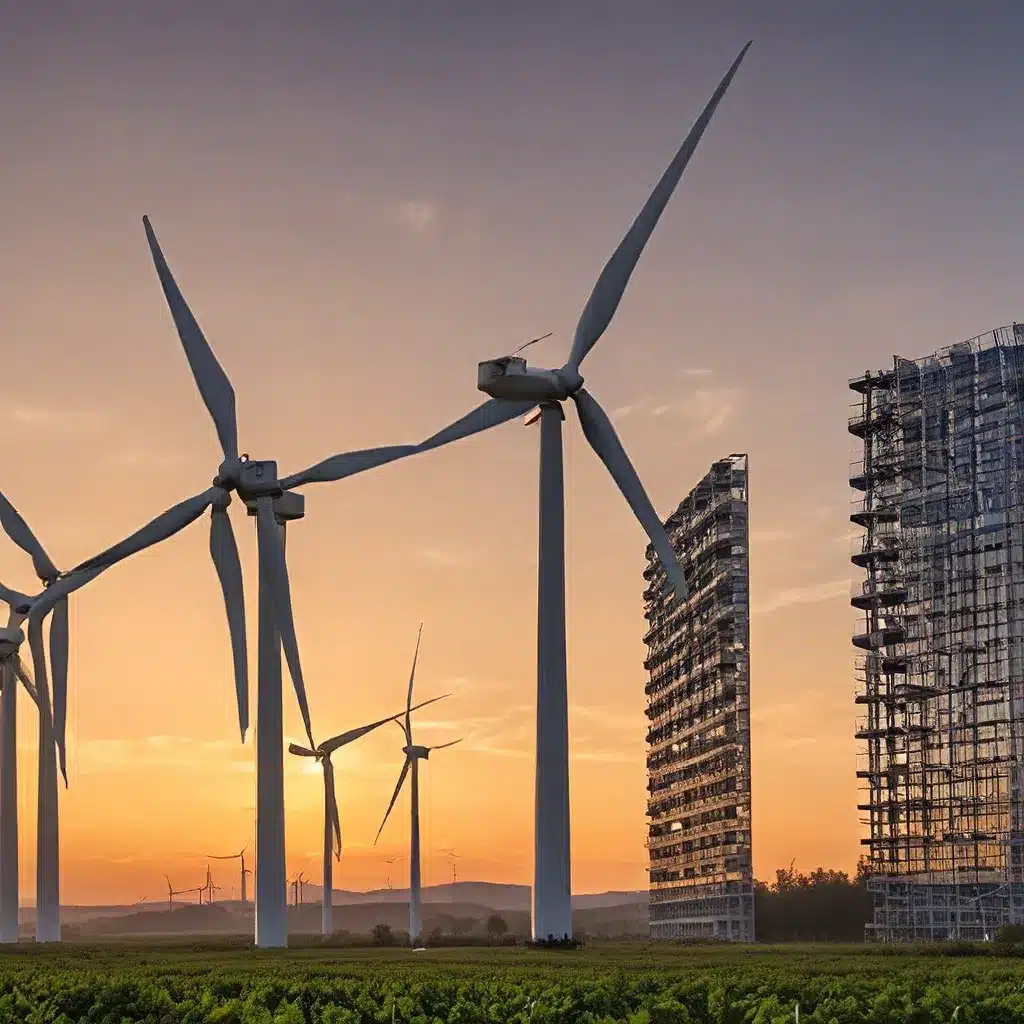
Navigating the Shifting Landscape of Renewable Energy Policies
As a passionate advocate for sustainable living, I’ve been closely following the global developments in renewable energy regulations. It’s an exciting and rapidly evolving field, with countries around the world grappling with the challenge of transitioning to cleaner, more renewable sources of power.
One thing that’s become increasingly clear is that the path to a renewable energy future is not a straightforward one. There are a multitude of factors at play – political, economic, technological, and social – that shape the regulatory landscape and determine the pace of progress.
In this article, we’ll dive into the global perspective on renewable energy regulations, exploring the key trends, the emerging policies, and the hurdles that nations are facing as they strive to meet their ambitious climate targets. Along the way, I’ll share my own insights and experiences, and hopefully inspire you to become an active participant in this critical movement.
The COP28 Pledge: A Rallying Cry for Urgent Policy Action
The recent COP28 conference in Dubai was a pivotal moment for the global renewable energy landscape. World leaders gathered to make bold commitments and chart a course towards a sustainable future. One of the most significant outcomes was the pledge to dramatically increase renewable power capacity in the years ahead.
According to the International Renewable Energy Agency (IRENA), this pledge will require a minimum 164% annual growth in renewables capacity through 2030. This is a staggering figure, and it underscores the urgency of the situation and the need for immediate, coordinated policy interventions.
As I delved into the details, I was struck by the sheer scale of the challenge. Turning this pledge into reality will demand a concerted global effort, with governments, businesses, and individuals all playing a vital role. It’s a tall order, but one that I believe we’re more than capable of meeting, if we approach it with the right mindset and strategies.
The Renewable Energy Landscape: Trends and Emerging Policies
To better understand the global perspective on renewable energy regulations, I’ve been closely following the work of IRENA, the International Renewable Energy Agency. Their comprehensive reports and data provide a wealth of insights into the current state of the industry and the key trends that are shaping the future.
One of the most encouraging trends I’ve observed is the rapid growth of renewable energy sources, which have become the fastest-growing source of power worldwide. This is a testament to the technological advancements, the declining costs, and the increasing public demand for clean, sustainable energy solutions.
However, the pace of this growth is still not fast enough to meet the ambitious targets set by the COP28 pledge. This is where policy interventions come into play. Governments around the world are implementing a range of regulations and incentives to drive the transition to renewable energy, from carbon pricing schemes to renewable energy mandates and investment tax credits.
Some experts believe that these policy measures have been instrumental in accelerating the deployment of renewable technologies, but there is still significant room for improvement in terms of their effectiveness and coordination across borders.
Navigating the Regulatory Landscape: Challenges and Opportunities
As I’ve delved deeper into the world of renewable energy regulations, I’ve come to realize that the challenges are multifaceted and complex. It’s not just about implementing the right policies; it’s also about navigating the dynamic interplay between various stakeholders, including governments, industries, and local communities.
One of the key challenges I’ve encountered is the variability in regulatory approaches across different countries and regions. While some nations have taken bold steps to embrace renewable energy, others have been more cautious or even resistant to the transition. This lack of global synchronization can create barriers to cross-border collaboration and the scaling of renewable technologies.
However, I’ve also witnessed the emergence of exciting opportunities. Innovative companies like Firewinder are pioneering new solutions that can help address the regulatory hurdles and drive the adoption of renewable energy. From smart grid technologies to community-based renewable projects, these innovative approaches are paving the way for a more decentralized and resilient energy system.
Embracing the Renewable Energy Revolution: A Call to Action
As I reflect on the global landscape of renewable energy regulations, I can’t help but feel a sense of both optimism and urgency. The potential for positive change is immense, but the time for action is now.
I believe that we all have a role to play in this transformation. Whether you’re a policymaker, an industry leader, or a concerned citizen, your voice and your actions can make a difference. It’s time to get involved, to advocate for meaningful change, and to support the initiatives that are driving the transition to a renewable energy future.
I, for one, am committed to staying informed, engaging in the dialogue, and doing my part to contribute to this vital movement. I encourage you to join me on this journey, to explore the resources available, and to become an active participant in shaping the renewable energy landscape of the future.
Together, we can turn the COP28 pledge into reality, and create a more sustainable, resilient, and equitable world for generations to come.

